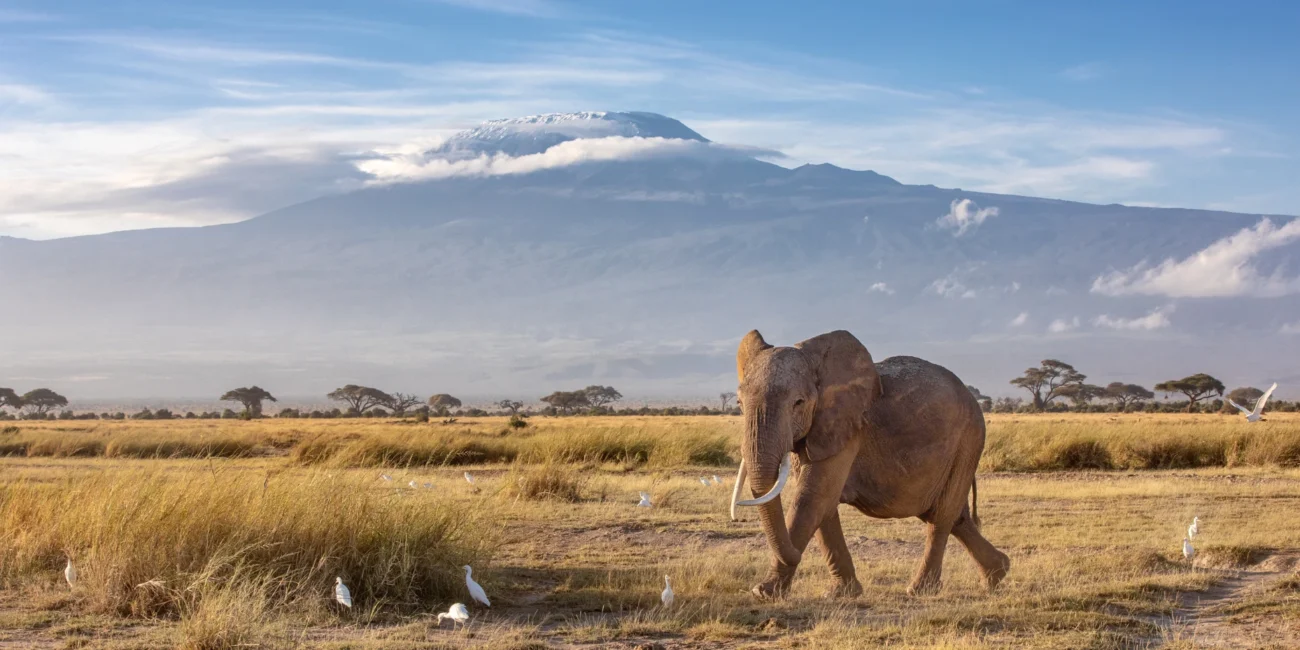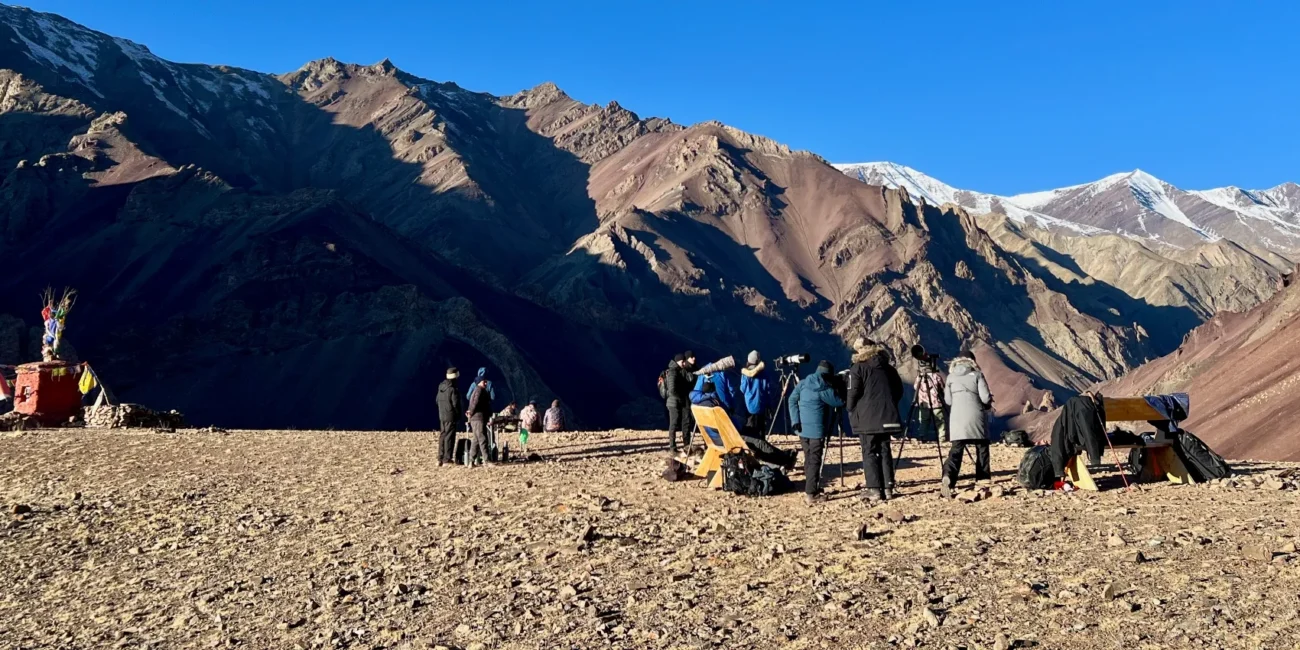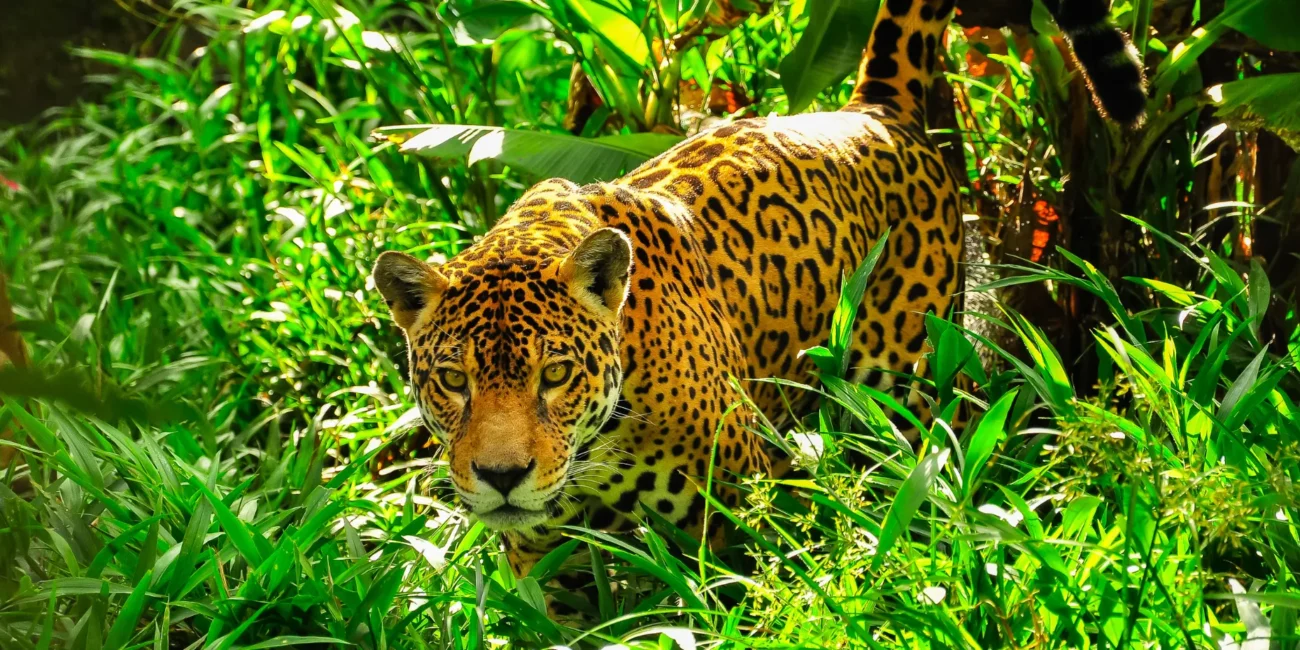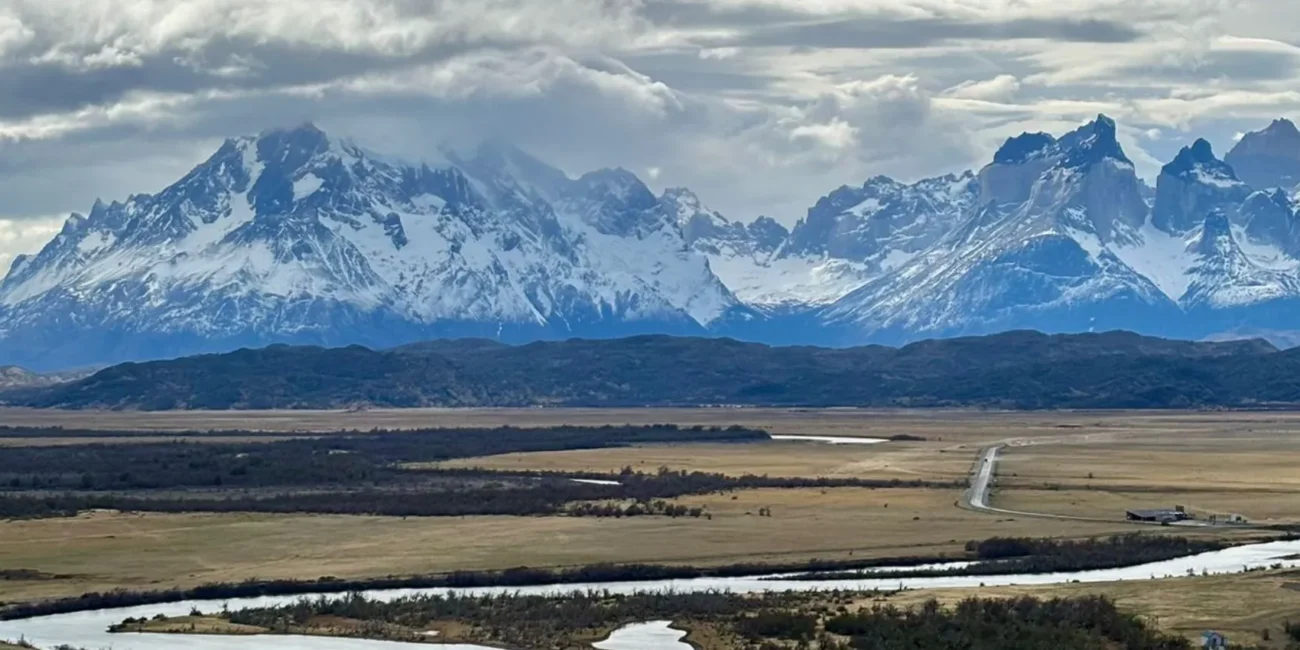Zambia is on the cusp of recognition and it’s setting the blueprint for sustainable tourism.
As elephant numbers rebound, wild dogs flourish and new regenerative camps take root, it’s becoming one of the most intrepid destinations on the continent. But unlike its neighbours, it has not yet lost its soul.
Walking safaris in South Luangwa, canoe journeys down the Zambezi and remote explorations in Kafue still offer an intimacy with the wild that feels like a rare privilege. Adventures in Zambia offer more than just another safari destination; they are a living classroom in wildlife conservation, where sustainable tourism actively shapes the future of people and nature.
“Zambia’s raw, unspoiled beauty makes it the perfect destination for adventurous souls. Whether you’re hiking through the lush landscapes or exploring Victoria Falls cascade, Zambia offers unique opportunities to learn about conservation initiatives focused on wildlife protection and sustainable tourism. It’s a great destination for groups and families who want to make an impact while exploring.” (Lottie Cameron, Impact Journey Specialist)
On a June morning in Kafue National Park, a convoy of trucks rumbled slowly across the floodplains. Inside their crates, 401 Kafue lechwe antelope twitched and shifted, unaware of the historic role they were about to play in Zambia’s sustainability. Locally extinct in the park for decades, these semi-aquatic antelopes were coming home.
When the doors opened, lechwe bounded out onto the plains as civic leaders and community members looked on. Their return wasn’t just a symbolic act of restoration. It was the culmination of years of planning by African Parks, the Zambian Department of National Parks and Wildlife (DNPW) and surrounding communities. And it marked a new chapter for wildlife conservation in Zambia.
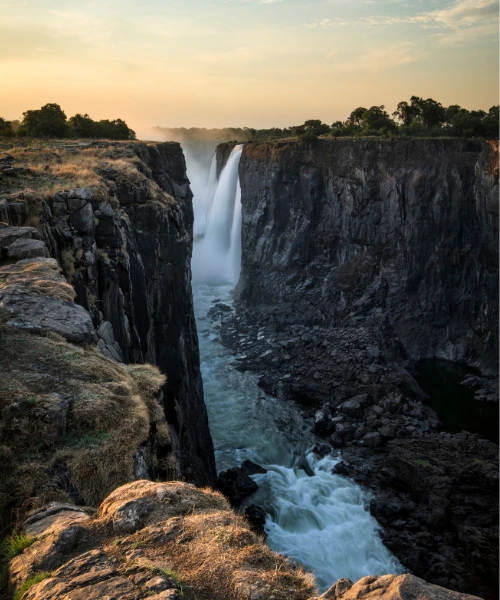
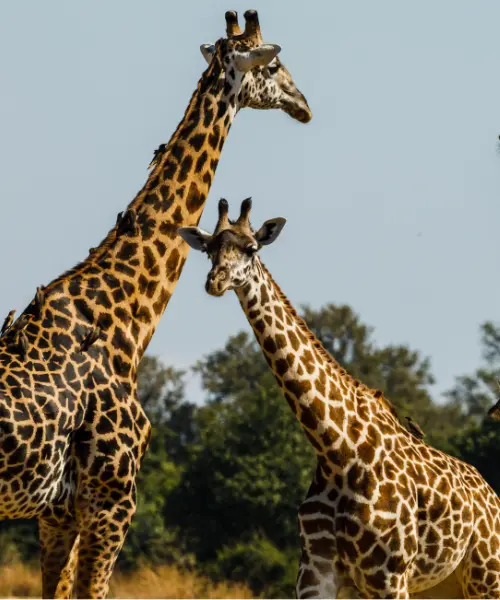
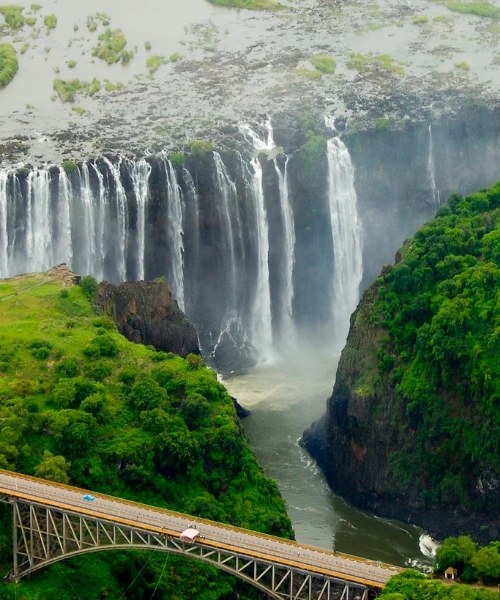
Why Zambia Stands Apart: The Birthplace of Walking Safaris
For decades, Zambia has lived in the shadow of its safari neighbours.
Tourists flock to Kenya’s Maasai Mara or Botswana’s Okavango Delta, while Zambia’s parks, vast, biodiverse and remarkably wild, remain under the radar. But today, Zambia is emerging as one of Africa’s most exciting conservation success stories, precisely because of how regeneration and tourism are being woven together.
Zambia also holds a unique place in safari history as the birthplace of the walking safari. In the 1950s and 60s, conservationist Norman Carr pioneered the idea in South Luangwa, replacing vehicles with bush walks that placed visitors on equal footing with the wilderness.
What began as a radical experiment in more respectful, immersive encounters with nature has since become Zambia’s signature safari experience. To this day, walking through the Luangwa or Lower Zambezi under the guidance of expert scouts remains one of the most intimate and exhilarating ways to encounter Africa’s wildlife.
This tradition connects visitors directly with the raw essence of the bush, showing how meaningful safaris can align with wildlife conservation in Zambia.
Across the country, wildlife numbers are rebounding. According to Mongabay, this Southern African nation has some of the highest densities of leopards in Africa.
In South Luangwa, leopard sightings are so reliable that the area has been nicknamed the “Valley of the Leopard”. Meanwhile, wild dogs, once vanishing from the landscape, are making a comeback thanks to the Zambian Carnivore Programme.
In Kafue, elephants fitted with GPS collars roam thousands of kilometres through the Kavango-Zambezi Transfrontier area, clear proof that Zambia’s parks are championing habitat and wildlife conservation.
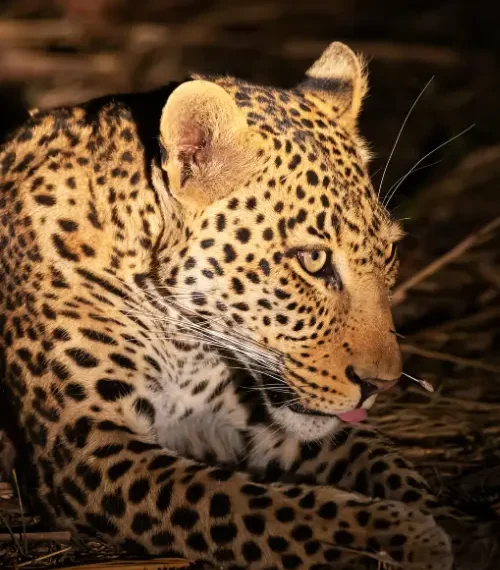
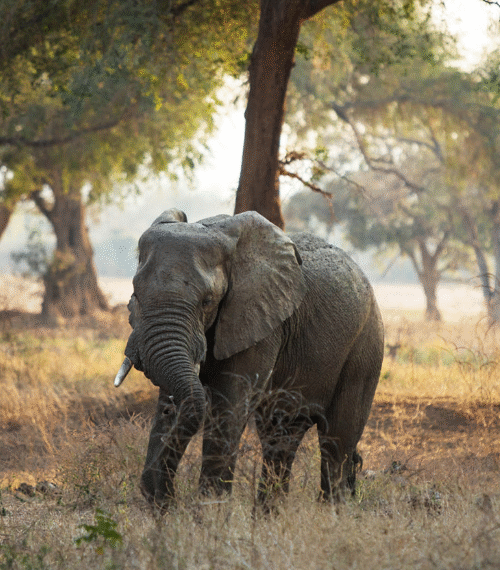
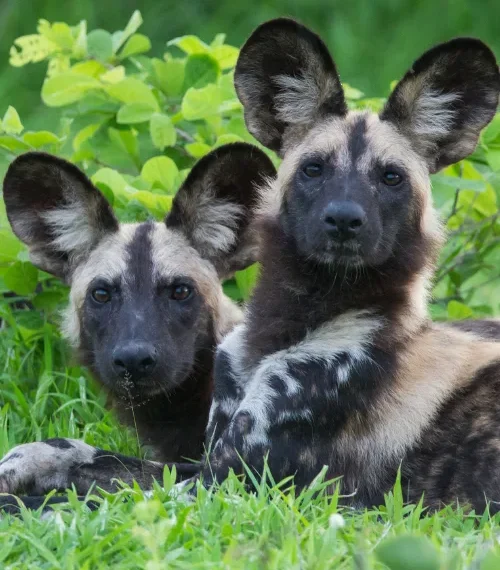
People Power: How Communities Drive Wildlife Conservation in Zambia
What makes Zambia exceptional is how visible the benefits of ecotourism are.
At most camps, staff-to-guest ratios reach 2:1 or 3:1, and the majority of employees are from neighbouring communities. Projects like Project Luangwa, founded by Jo Pope, provide educational sponsorship and improve gender equality, proving that conservation success is inseparable from community wellbeing. What sets Zambia apart is how conservation benefits people as much as wildlife.
Zambia’s commitment to sustainability is written in the stories of its people. At Sungani Camp, Brian began his career as a tea bearer before becoming one of the area’s most knowledgeable guides.
At Chiawa, Spencer’s night drives reveal the hidden nocturnal world, from genets to Verreaux’s eagle owls. These guides are not just hosts; they are conservationists, cultural ambassadors and teachers. Their work shows how wildlife conservation in Zambia creates pathways of opportunity and provides livelihoods that outcompete poaching.
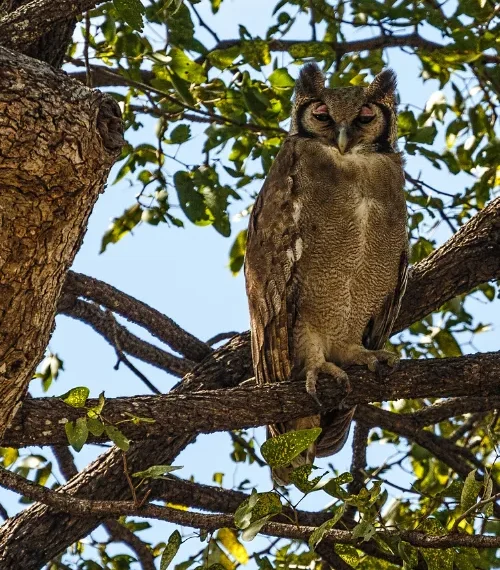
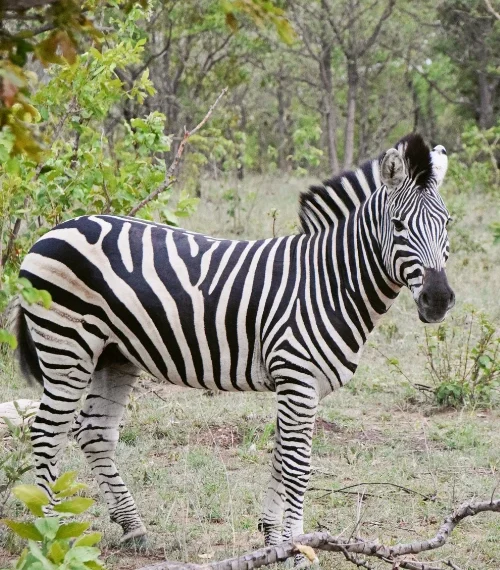
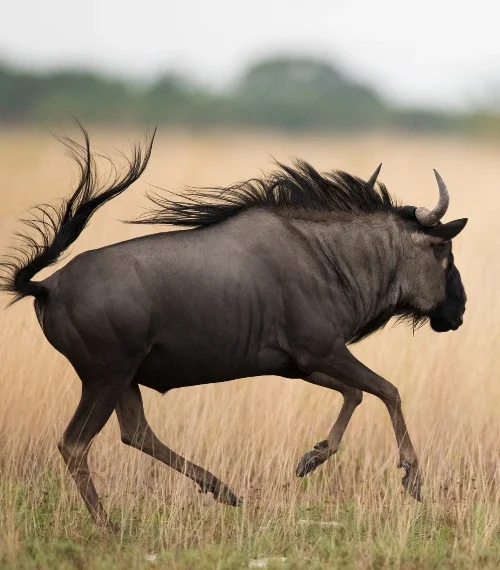
Kafue Rising: Conservation Milestones in Africa’s Second-Largest Park
Kafue, Africa’s second-largest national park, is at the centre of this conservation transformation.
Since African Parks took over management in 2022, progress has been remarkable, and the momentum continues. Plans are underway to reintroduce 1,600 wildebeest, 150 zebras, and even the black rhino, once lost from Kafue.
Soon, the plains will once again echo with the pounding hooves of wildebeest herds and the shadowy silhouettes of these prehistoric-looking giants.
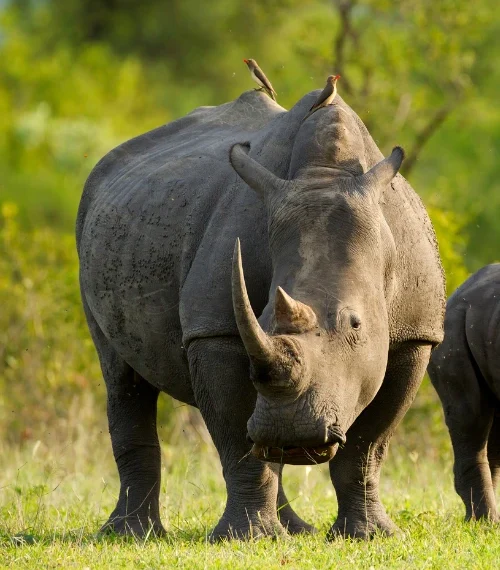
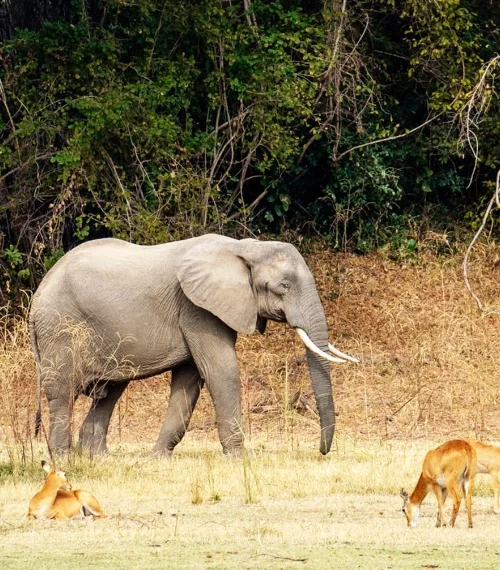
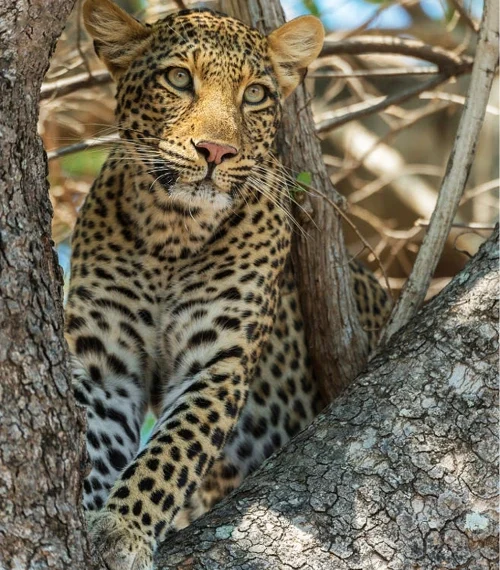
Travelling with Purpose: Sustainable Tourism in Zambia
For travellers, these achievements aren’t distant statistics, they are intricately woven into the safari experience.
Guests can join carnivore researchers on telemetry tracking or meet scouts who’ve trained as rangers. At lodges like Sungani and Time + Tide, visitors can see how tourism directly funds anti-poaching patrols. These invaluable experiences mean that guests can see firsthand how their visit contributes to real scientific data collection.
Every stay, every park fee and every night in camp channels resources and tourism dollars back into conservation and communities. This is why Zambia’s sustainability isn’t just a distant idea; sustainable tourism in Zambia is the foundation of impactful travel experiences.
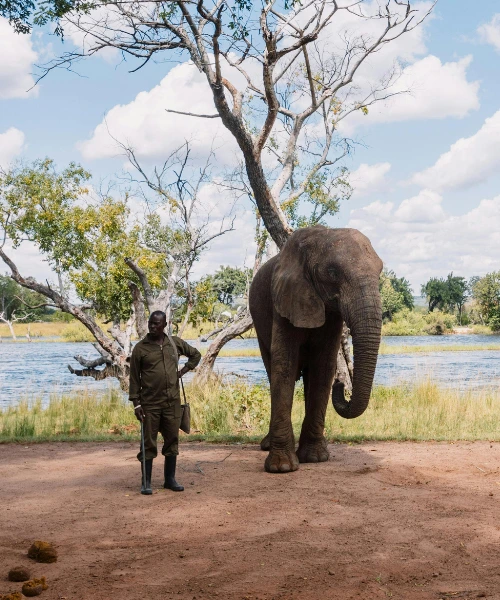
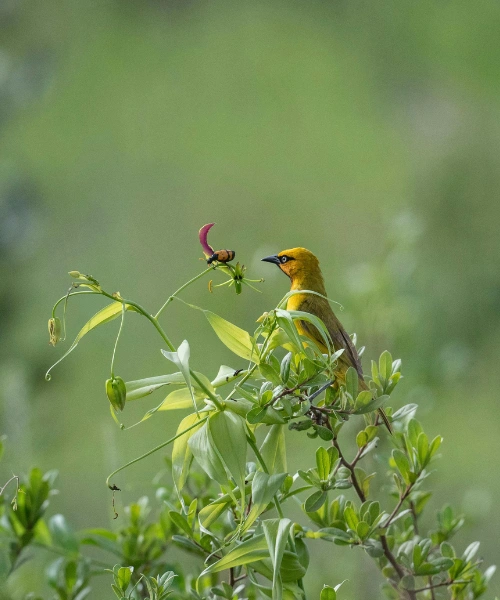
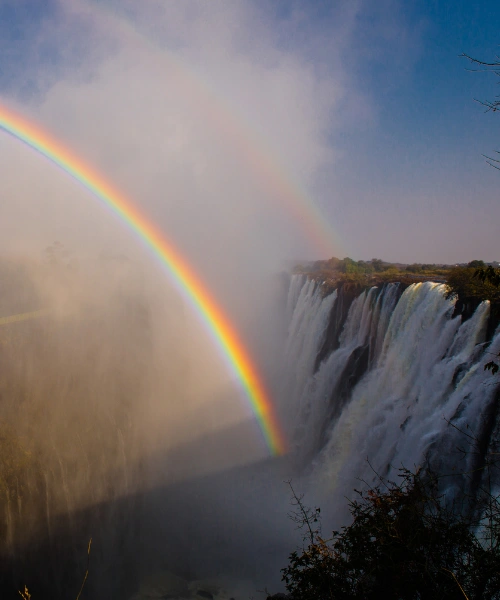
Zambia’s Sustainability Story: Safeguarding the Wild for Generations
From the misty walking trails of South Luangwa to the wild waters of the Lower Zambezi, Zambia offers safari experiences as raw as they are purposeful.
Its parks are not stage sets for tourists but living landscapes where the balance between people, wildlife and wilderness is actively being rebuilt.
When you book a safari here, your money doesn’t just buy a front-row seat to a leopard hunt or a riverside sundowner. It funds scholarships, anti-snaring patrols and livelihoods that ensure poaching is no longer the only option. It keeps fragile ecosystems intact and gives future generations the chance to inherit them.
In a world where mass tourism often erodes what it sells, Zambia is charting another course. Here, adventure means contributing to a story bigger than yourself. Here, the return of a lechwe, the track of a wild dog or the roar of a lion is part of a broader narrative of resilience.
Zambia is no longer just a place to watch wildlife. It is a place where every journey helps secure the wild for generations to come.
Ready to embark on a journey that matters?
Interested in Zambia Travel?
Join us in shaping the future of wildlife conservation in Zambia, where adventure and purpose walk hand in hand. Contact us at connect@journeyswithpurpose.org to speak with our specialists and begin planning your Zambian adventure.
